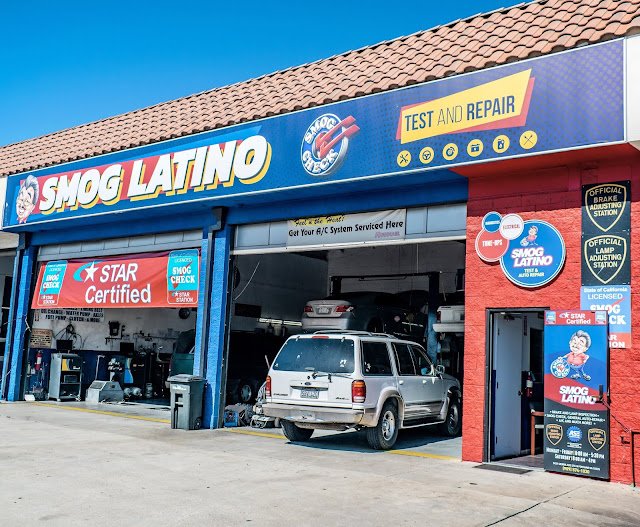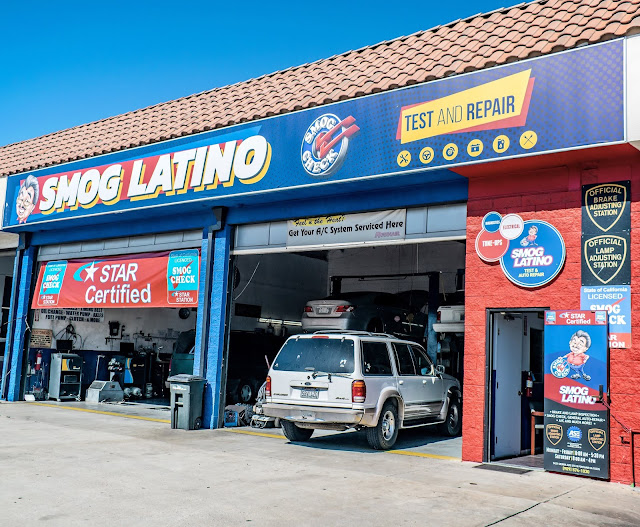Local Operated, Global Excelled Smog Test Center In CA
During
a smog check, a licensed technician at a smog test center will attach
measuring equipment to your vehicle and test the level of harmful
emission.
The
smog test usually consists of
1.
Emissions Inspection
2.
Visual Inspection
3.
Functional Inspection
The
above inspections make sure that your emissions equipment is doing
its job of weeding out pollutants from your car's exhaust.
Emissions
measured at a smog test center includes the following gases:
1.
Carbon monoxide (CO),
2.
Carbon dioxide (CO2)
3.
Hydrocarbons (HC)
4.
Oxygen (O2)
5.
Oxides of nitrogen (Nox), etc.
During
the smog inspection, the measurements are taken are recorded and
immediately available to the Bureau of Automotive Repair (BAR).
Cities,
states and counties that require smog and emissions tests for the
Department Of Motor Vehicles car registration determine which testing
method or combination to use. Current testing methods include:
Two-speed
idle (TSI) test: analyzes exhaust emissions from the tailpipe as the
engine idles first at high, and then at low speed, and is usually for
older cars registered before 1995.
Acceleration
simulation mode (ASM) test: Measures emissions under simulated
driving conditions using a dynamometer.
On-board
diagnostics (OBDI) test – The information is downloaded from the
vehicle’s on-board diagnostics computer.
If
your vehicle fails the smog test, you can choose to have it repaired
at a licensed test and repair station and then have it retested to
pass the test. Vehicles that have not passed inspection are not
allowed to drive on public roads and owners will be charged if they
are caught operating those vehicles.
Emissions
problems are generally inexpensive and quick to repair at any
station. If you believe your vehicle would not pass a smog
inspection, it may be best to go to a facility that can perform the
check and make any necessary repairs and re-test so the vehicle
passes smog inspection.




Comments
Post a Comment